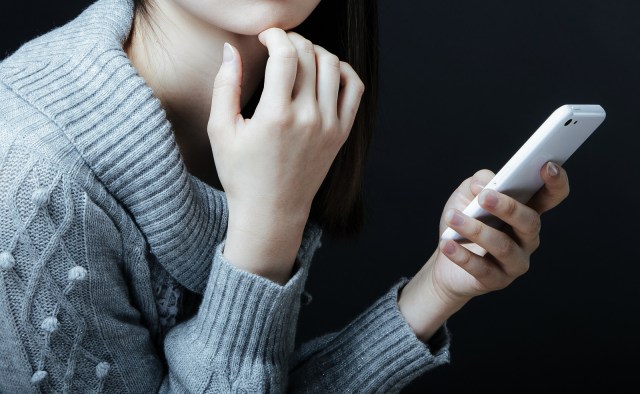
School principal appears to be laying the blame on the 12-year-old girl and her family environment.
On 13 February, second-year junior high school student Saaya Hirose disappeared from her house in Asahikawa, Hokkaido, at around 6 p.m. when temperatures were minus 17 degrees Celsius (one degree Fahrenheit).
Police began a public investigation and family, friends and volunteers searched for over a month for the 14-year-old, whose body was eventually discovered in a snow-covered park on 23 March. An autopsy deemed hypothermia to be the cause of death, and experts say it’s likely Hirose had succumbed to the cold on the day of her disappearance, with the body only being found once the snow began to melt.
▼ Hokkaido is one of Japan’s snowiest regions, receiving an average of 3.83 meters (12.56 feet) of snow each year.
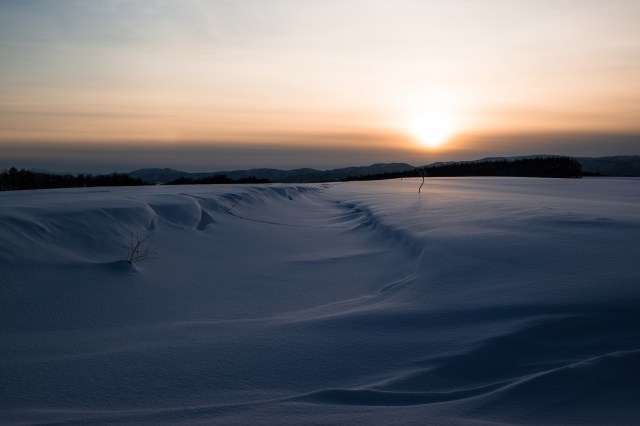
As investigators attempted to piece together the reasons why Hirose had gone to the park on a freezing night, disturbing details of bullying came to light. Weekly magazine Shukan Bunshun received permission from Hirose’s mother to publish her daughter’s real name and report on the details to share her daughter’s plight, and the extent of what the young teenager had to endure has shocked everyone around the nation.
According to Shukan Bunshun’s report, Hirose’s mother first noticed a change in her daughter’s character when she entered junior high school in April 2019. Very few students from Hirose’s elementary school entered this school, which made it hard for her to adjust.
In mid-April, Hirose became acquainted with a student at the school, two years her senior, while at a children’s park nearby, where Hirose would often study or read in the time between the end of school and the start of cram school in the evening.
Hirose and this senior student would talk in the park and play games online together after returning to their separate homes at night. Nothing appeared to be out of sorts with the friendship until two of the senior student’s friends, who attended a different school in the neighbourhood, became acquainted with Hirose, and that’s when she began to be bullied by all three seniors.
Around this time, Hirose’s mother noticed a change in her daughter’s mood, saying the once-happy teenager who used to laugh and had dreams of becoming a prosecutor in the future began to withdraw to her room and became fearful of attending school and cram school.
During the Golden Week holiday period in early May, Hirose suddenly attempted to leave the house at 4 a.m., shortly after receiving a text message from one of the seniors. Her mother refused to let her leave, but her daughter was panicked, saying “I have to go because I’ve been called.” Though her mother was able to stop her from leaving, she says her daughter was terribly scared of the possible repercussions.
▼ Nothing good can come from a 12-year-old girl heading out to a park after midnight
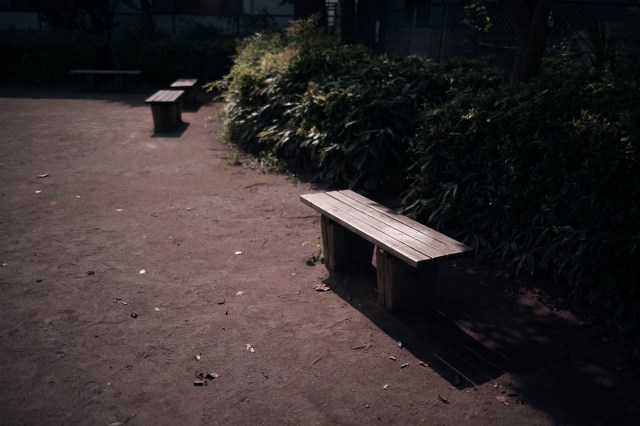
Hirose’s mother had suspected her daughter was being bullied and asked her daughter’s homeroom teacher about it, once in April, twice in May, and then once again in June. Despite asking the teacher to look into the matter on multiple occasions, the teacher reportedly told the girl’s mother that the children were just being “stupid” and it wasn’t bullying.
However, at 6 p.m. on 22 June, Hirose jumped into the Uppetsu River off a four-metre (13-foot) high bridge near the park, after being surrounded by nearly 10 children. Before jumping into the river, Hirose called her junior high school to ask for help and they immediately contacted her mother and asked her to go to the river. When she arrived, male teachers at the scene held her back and she learned that the children there had filmed the incident, with one of the bullies falsely telling police at the scene that Hirose had jumped because she wanted to die as she was being abused by her mother.
▼ One of the bridges that crosses over the Uppetsu River, which fills with water during the June rainy season.
Police initially believed the story, preventing Hirose’s mother from seeing her daughter in hospital immediately after the incident. However, once investigators realised there was no evidence of abuse, she was allowed to see her daughter, and that’s when the true extent of Hirose’s bullying came to light.
During investigations, police were able to retrieve data from Hirose’s phone that suggested she was being bullied, and after the case was referred to Asahikawa’s Central Office Juvenile Department, officers pinpointed one of the seniors from the different school as being the main assailant.
According to investigations, the main assailant had pressured Hirose into sending him naked videos and photos of herself, saying if she refused he would “Do it without a condom”. He also coerced the then-12 year-old to send him videos of her masturbating, and after receiving the videos and images, he shared them with other students on the Line messaging app, and they then shared the images with other students.
▼ Line is Japan’s most popular social media app.
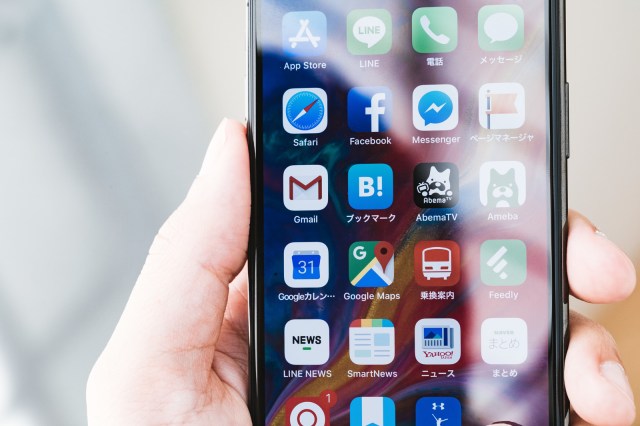
On 15 June, a week before she jumped into the river, the bullying escalated, with Hirose being called to the park and surrounded by the three seniors and two of their friends, who pressured her into masturbating in front of them in the park, despite the fact that elementary students were also in the park at the time. When other people entered the park, the senior students took her to a public toilet at the nearby elementary school, where they forced her to repeat the act. With so many older students pressuring her to give in to their demands, it’s likely Hirose would have felt it was impossible to escape.
After gathering information, police confirmed that Hirose had jumped off the bridge after learning that the images had been shared with more students. Further investigations revealed that the senior students involved had attempted to cover their tracks by erasing obscene videos and images they’d taken of Hirose from their phones.
According to investigators, the main perpetrator’s act of forcing Hirose to send obscene images violated laws pertaining to the production of child pornography. However, as he was 14 years old at the time of the incident he was not liable for criminal charges and only received a stern warning. Other members of the group were investigated for extortion, but due to a lack of sufficient evidence, they also got off with a stern warning.
After the incident in June 2019, a doctor diagnosed Hirose with post-traumatic stress disorder and she was forced to stay in hospital for an extended period. After her release from hospital, Hirose transferred to a different junior high school to start afresh, but stopped attending in autumn of 2019 due to stress.
Hirose had been receiving ongoing professional help for PTSD until her disappearance in February. On the night of Hirose’s disappearance, her mother had left the house for work at 5 p.m. but while her mother was out, Hirose messaged a friend to tell them she intended to kill herself. The concerned friend contacted the police, who immediately contacted Hirose’s mother and asked if her daughter was at home. Her mother rushed home, where the police were waiting, and it became clear that Hirose had disappeared.
Following the discovery of Hirose’s body, Shukan Bunshun interviewed two of the adolescents who had bullied Hirose and remarked that the first senior who became acquainted with her showed no remorse for bullying and had no words of condolence for her death. When asked what he thought when he learned about Hirose’s death he said:
“Well, to be honest, I didn’t think anything.”
Another student involved was asked whether they acknowledged that what they forced her to do was an act of bullying, to which they replied:
“It was just horseplay.”
One of the parents of the main perpetrator agreed to be interviewed, and they appeared to dispute the findings of the investigation, saying it was the first senior acquainted with Hirose who had coerced her into sending the images. However, the parent also admitted that they didn’t know whether the children were lying or concealing the truth to protect themselves.
▼ Investigators were able to identify the main perpetrator from their phone data.

Another parent said they never liked their son hanging around at the park and had asked him to stop going there, but after the incident with police, their son never met up with those students again. This parent said they were extremely angry at their son, particularly as they have a daughter, and disappointed at how so many students refused to admit to the truth of the bullying.
One parent commented that before the bullying incident, Hirose had family troubles, frankly saying:
“There was a problem with her family environment, and honestly, everything was blamed on this.”
In Japan, divorce is still frowned upon, particularly in rural areas, and Hirose’s mother and father divorced when Hirose was in early elementary school. As a single parent, Hirose’s mother admits there were times when she had to leave her daughter alone at home while she went to work, but she says she was brought up with a lot of love.
In an even more surprising twist, Shukan Bunshun spoke with the principal at the junior high school Hirose first attended, and he maintains that the girl wasn’t bullied. He says that every May, students fill out a survey related to bullying and the results of the survey raised no alarm bells to suggest there was any bullying.
The principal said:
“I think from the mother’s perception this was bullying, but it’s actually different.”
He said that when Hirose was an elementary school student, she was prone to “panicking” and when she arrived at their school, they decided to provide her with special consideration and guidance.
He also alluded to Hirose’s family situation, saying that two days before Hirose jumped into the river, she and her mother had quarrelled, and when the vice-principal pulled Hirose out of the river, he tried to hand her over to her mother but she said she didn’t want to see her and she didn’t want to go home.
The principal said:
“It can’t be ignored that behind a child’s problems lie family problems.”
He also went on to say:
“Resorting to jumping [off the bridge] was an act of self-harm, and I think before this she had always wanted to die. I don’t know what the specific trouble was, and I realise that raising children is difficult. However, it’s also true that the students conducted themselves badly with Hirose. I provided firm guidance to students on that point.
It would take a long timespan to solve her problems, and we understood that it was a problem requiring mental care so we hoped that we could cooperate with medical institutions to help Hirose recover.”
When asked about what the principal may have been referring to, Hirose’s mother mentioned that her daughter would panic when the children played chase at elementary school. She didn’t like being chased and one day when a teacher who didn’t know about it chased her, Hirose jumped out of a window onto a balcony outside. Hirose’s mother says it’s a mistake to think that was an act of self-harm, given that her daughter continued the rest of her elementary school years without any further incident.
She also said that Hirose told her the reason why she said she didn’t want to see her mum after jumping into the river was because she wanted the police to come and take care of her and ask her why this had happened.
▼ Principal’s denial of bullying claims has many wondering what’s more important for schools — their students or their reputations?
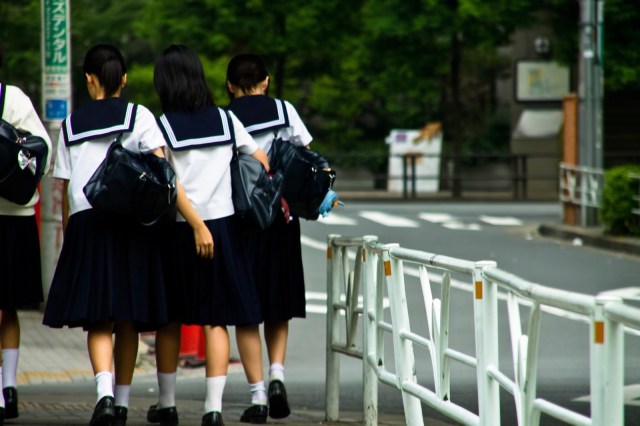
Though the principal says he provided firm guidance to the offending students at the time to make them aware that their behaviour was not acceptable, when asked whether he thought the act of coercing someone to masturbate was a problem, he replied:
“Children make mistakes. They must overcome them and that’s how they grow.”
When asked to confirm that as far as the school was concerned, this was not a case of bullying, the principal replied:
“By all means, I wouldn’t say it was bullying.”
The principal acknowledged that there was a problem between students, but continually denied it was bullying, mentioning that Hirose herself had told police there was no bullying when she was asked about it while in the hospital. It’s likely that the school fears any admission of bullying may lead them to be held liable for Hirose’s death.
During the time of Hirose’s hospitalisation, meetings were held between the school and her mother to address “the problem” between students, and on 11 September the school set up an “apology meeting” between Hirose’s mother and the perpetrators and their guardians, which is a common mediation method used by Japanese schools to respond to problems where an apology is warranted. However, Hirose’s mother believes it was too little too late, saying that if the school had responded more seriously to the issue in the first place, the bullying would not have escalated.
Though Hirose’s mother has not forgiven the perpetrators for what they did, she says she doesn’t wish for the children to be unhappy. However, she does want them to know that bullying can easily kill people, saying:
“It’s an indirect murder. I want them to at least reflect on that.”
If schools won’t even admit to bullying when it occurs, it’s unlikely the bullies themselves will ever understand the true severity of their actions and change their ways. What happened to Hirose is unnerving, sad, and incredibly frustrating, but the mother she leaves behind says she wants her daughter’s story to be heard in the hopes that it prevents other students and families from suffering the same fate.
With demand for “bullying insurance” on the rise and cases going to court following inaction by schools, it’s undeniable that more needs to be done to protect young people in Japan from bullies and, perhaps more importantly, to stop them from becoming bullies in the first place.
If you or someone you know is in Japan and having suicidal thoughts, there are people here to help. Click here for more info.
Source: Shukan Bunshun (1, 2, 3, 4, 5, 6) via Hachima Kiko
Top image: Pakutaso
Insert images: Pakutaso (1, 2, 3, 4, 5)
● Want to hear about SoraNews24’s latest articles as soon as they’re published? Follow us on Facebook and Twitter!

No hay comentarios:
Publicar un comentario